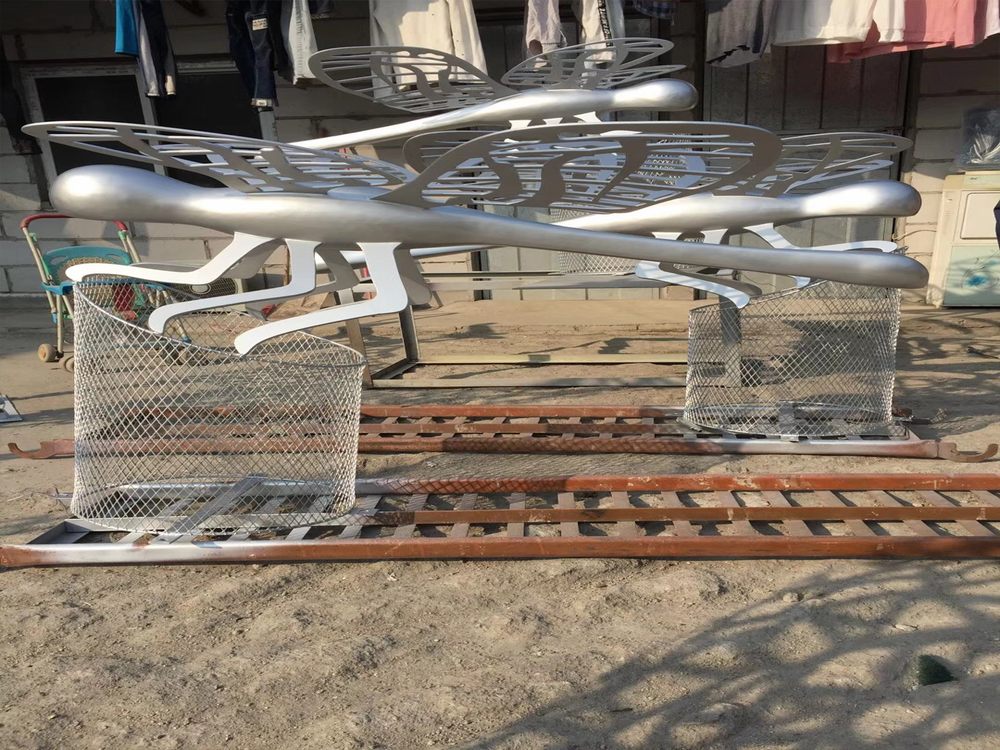
Bronze sculptures in outdoor installations engage with their surroundings in multifaceted ways, creating a dialogue between art, nature, and human experience. The durable yet malleable nature of bronze allows these artworks to withstand harsh weather while developing a unique patina over time, adding depth and character.
Environmental factors like rain, wind, and sunlight gradually transform the sculpture's surface, creating a living artwork that evolves with its setting. The greenish-blue oxidation (verdigris) that forms on bronze becomes part of its visual narrative, blending with natural landscapes or urban backdrops.
Beyond material interactions, bronze sculptures often reflect their cultural context. A figurative piece in a historic square might echo architectural details, while abstract works in modern plazas can contrast with sleek surroundings. Their substantial presence anchors public spaces, inviting touch and contemplation.
Strategic placement considers sightlines, shadows, and seasonal changes. A well-positioned bronze catches morning light dramatically or creates striking silhouettes at dusk. Some installations incorporate water features or plantings that change with the sculpture over years.
This dynamic interplay makes bronze sculptures particularly suited for outdoor display, where they become integral to their environment rather than separate objects. Their ability to age gracefully while maintaining structural integrity ensures they remain relevant across generations, telling stories through both form and patina.

